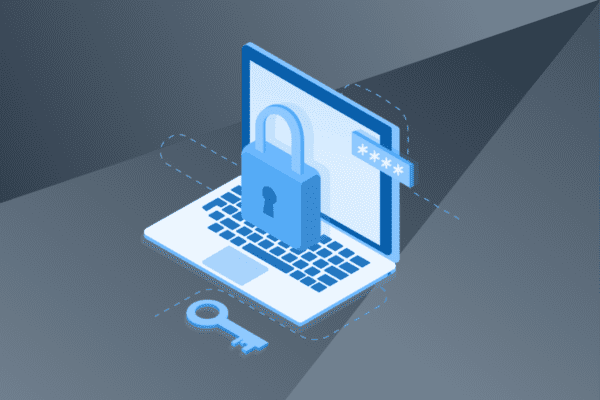Monitoring of Simple Network Management Protocol (SNMP) devices, such as routers, switches and printers, allows system administrators to quickly detect and remediate potential issues before they can cause major damage to an organization’s productivity. In this blog, we’ll take a look at what SNMP monitoring is and why it is an essential part of overall network monitoring and management.

What Does SNMP Monitoring Involve?
Standard monitoring of SNMP devices involves the configuring of network devices to report various pieces of data. This data gives a detailed view of the health and operational status of these devices. Network monitoring allows devices to generate alerts when events occur outside of set thresholds. This flags networking issues that can lead to IT system and service downtime.
For example, for network devices such as routers and switches, SNMP monitoring can collect information such as interface metrics for operational status, bandwidth in and out, and errors in and out.
For printers, information such as operational status, printer current status, detected error state and printer cover (i.e. door) status can be collected.
Configuring monitoring for network devices can sometimes become tedious and time consuming. It involves applying a standard set of configurations to each and every device. However, network monitoring configuration can be automated with an appropriate network management tool that follows industry best practices for setting thresholds.
What is Network Management Software and What Actions Can It Take?
As the name suggests, network management software monitors, manages and helps optimize a network for maximum uptime and performance.
When network management software registers an alert – created when the operation of a network device exceeds a pre-defined threshold – it can perform certain actions such as:
- Creating an Alarm – A graphical way of notifying the user that an alert has occurred. This takes place in the network management software dashboard and can be viewed by users that are logged in to the software.
- Creating a Ticket – A service ticket is created and logged in the software and assigned to a specific IT technician/helpdesk agent to be resolved.
- Sending an Email – An email is sent to notify the IT team (or some individual) of the incident. It provides alert details so that someone can take action to remediate the issue.
Is a Separate Network Monitoring Tool Required to Manage SNMP Devices?
If you’re using a remote monitoring and management (RMM; aka endpoint management) tool, it may have the capability to monitor SNMP devices. If so, you may not require a separate network monitoring tool. However, depending on the specific needs of your organization and the skillset of your IT team members that manage network devices, you may require a more advanced network management solution.
For many IT teams in small to midsize businesses, an easy-to-use network monitoring feature built into the RMM/endpoint management tool could be the best solution. This approach ensures that everyone on the team can use the network management capabilities and saves you money by eliminating the need for a standalone solution.
And, for network engineers that manage complex IT networks and troubleshoot network issues on a daily basis, a more powerful network monitoring solution is probably preferable.
Kaseya VSA, a powerful endpoint and network management solution, automatically discovers all devices on a network, including Windows, Mac and Linux devices, as well as routers, switches and printers. It also provides a network topology map showing how each device (VSA agent-based and agentless) is interconnected.

This network topology also shows active alarms on devices and allows for easy drill-down on a device to see detailed asset information and fast access to the Alarm Summary page for that device. This enables quicker resolution of IT incidents on that device.
With Kaseya VSA, setting up standard SNMP device monitoring is also quite easy. In fact, Kaseya VSA provides “zero configuration” standard SNMP monitoring, which means the only thing you have to do to enable this function is check a box and you’re done. VSA automatically takes care of the rest for you.
Learn more about standard SNMP device monitoring and network visualization by reading our product brief.





